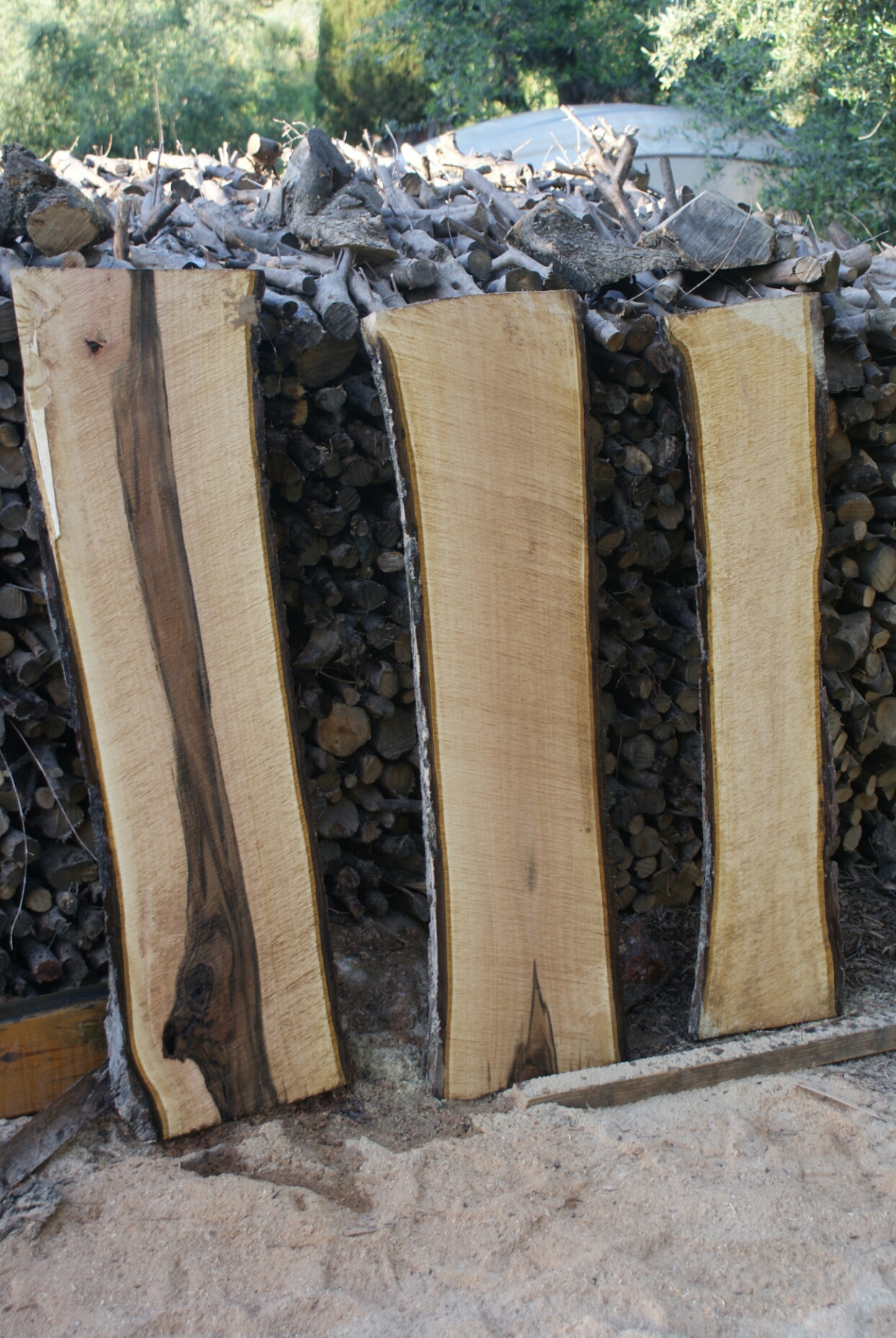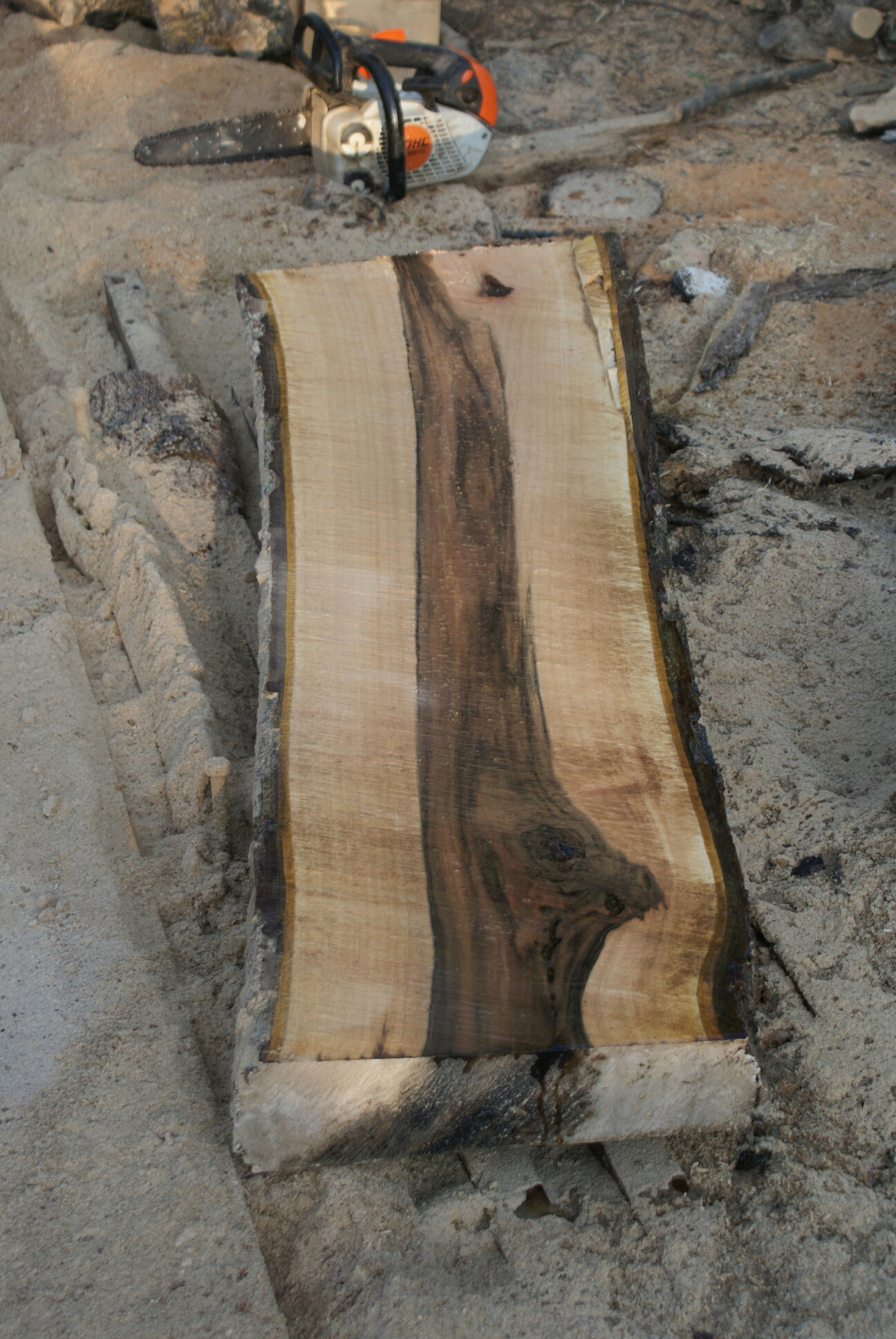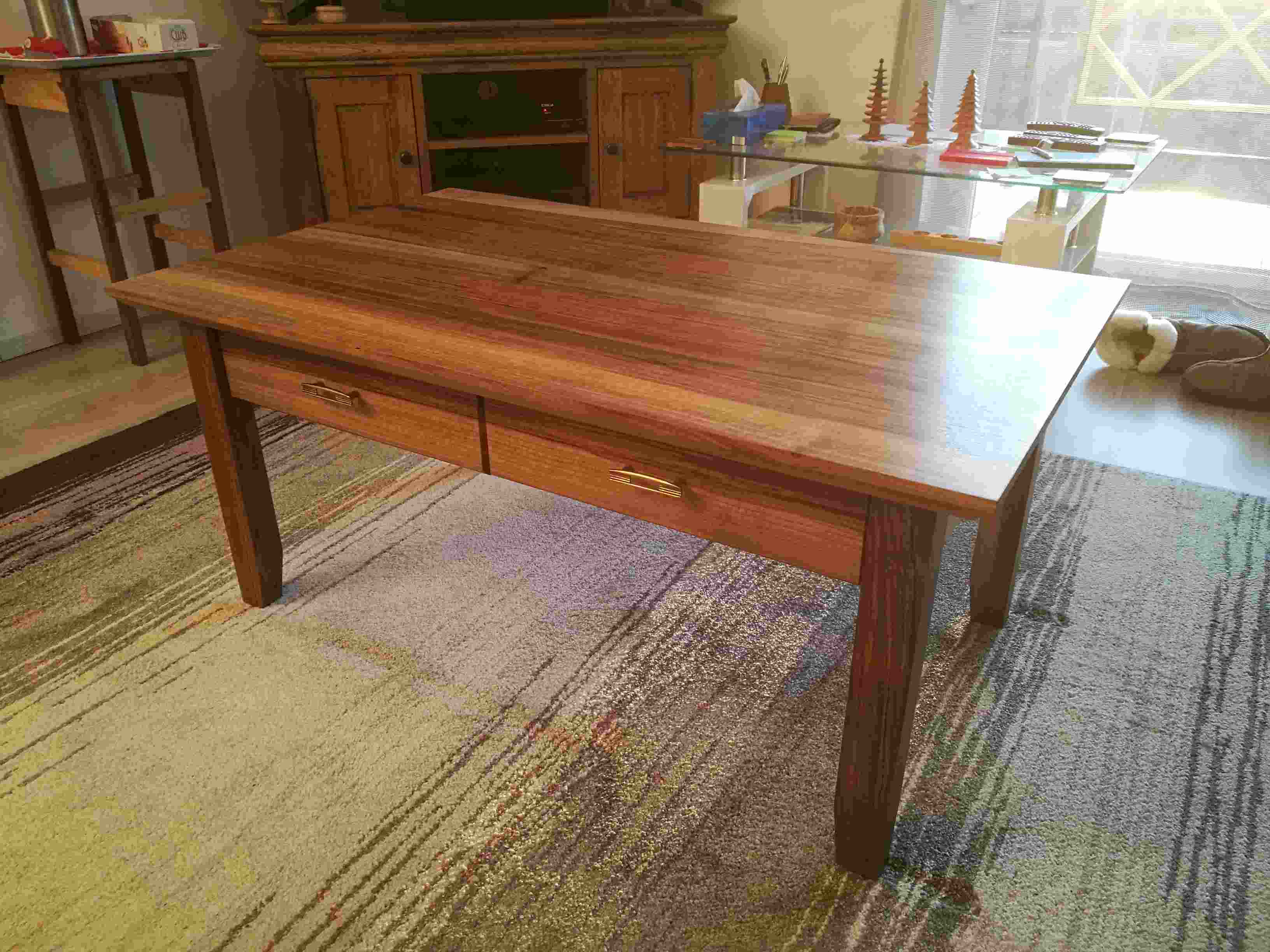Trainee neophyte
Established Member
I have finally started on the walnut tree I was given, with results I wasn't expecting:


Am I right in saying that the only usable wood is the narrow dark strip in the middle? If that is the case, an entire tree is going to yield one 3"x 3" block, 4' long. No wonder wood is expensive!
I'm certainly going to keep the rest of it, even if just for playing about, but is it completely unusable? What an appalling waste if that is the case.
It's Good Friday today, so woodwork is forbidden (and hammering nails is blasphemous) roll on tomorrow! Not everyone gets two Easters - I probably should make the most of it.


Am I right in saying that the only usable wood is the narrow dark strip in the middle? If that is the case, an entire tree is going to yield one 3"x 3" block, 4' long. No wonder wood is expensive!
I'm certainly going to keep the rest of it, even if just for playing about, but is it completely unusable? What an appalling waste if that is the case.
It's Good Friday today, so woodwork is forbidden (and hammering nails is blasphemous) roll on tomorrow! Not everyone gets two Easters - I probably should make the most of it.











































